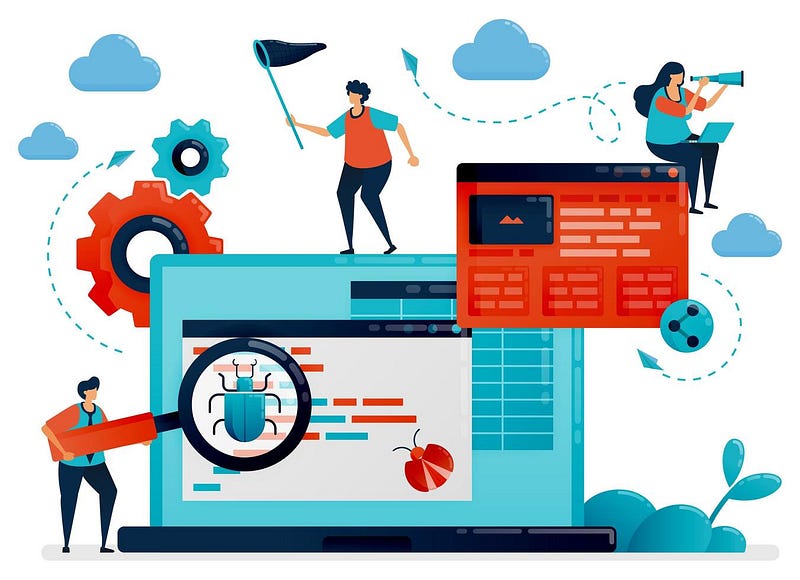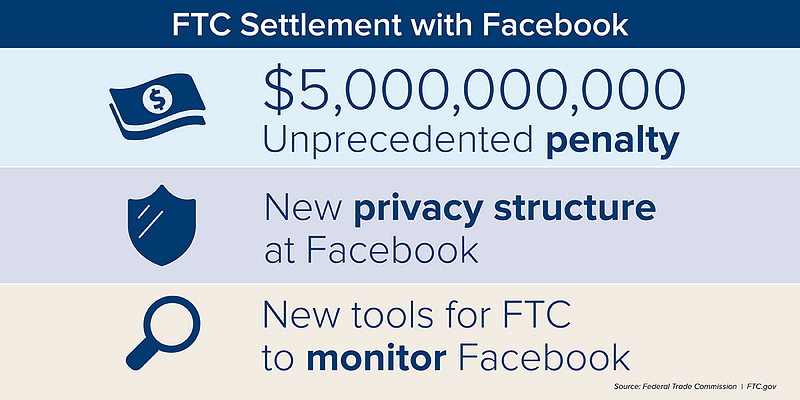Navigating the Shift from Products to Subscription Services in Tech
Written on
Chapter 1: The Rise of Subscription Services
In recent years, we have witnessed significant advancements in cloud-based AI functionalities across almost all 'smart devices.' Various industries have discovered lucrative revenue streams that they are reluctant to abandon. But is this trend beneficial for consumers? As more services transition to paid models, customers find themselves facing costs for features that were previously included with their products.

The stagnation of innovation in smartphones and wearables from 2018 to 2021 is finally dissipating. Newer models are equipped with an array of advanced software and hardware functionalities, some of which even operate offline. However, this progress comes with caveats. While the enhancements are impressive, long-time users, in particular, will have to adapt to the new landscape dominated by subscription-based features.
With AI driving the change, many companies have identified new revenue opportunities by offering services that rely on AI technologies. For instance, automobile manufacturers are integrating subscription models into their vehicles, offering features that were once part of the initial purchase price, like BMW's heated seats and infotainment app subscriptions. NVIDIA has increasingly focused on AI in its developments, highlighting it 91 times in their earnings report, particularly in relation to DLSS, Ray-Tracing, and reflex technologies. However, it may take at least two more years for these technologies to meet consumer expectations.
Smartphones are increasingly incorporating cloud services and in-app purchases, with many AI functionalities requiring a stable internet connection. Wearable technology, too, is experiencing a surge in subscription options, even extending to themes and watch faces. Similarly, smart-home devices, such as smart speakers, often require subscriptions—like Amazon Prime—to unlock their full range of features.
As the tech industry continues to explore subscription models, nearly every major smartphone manufacturer—Samsung, Apple, Google, Huawei, Xiaomi, and Oppo—now offers cloud subscription services along with other media consumption and editing options. This shift towards subscriptions shouldn't be surprising, as many modern products have already adopted similar models. Video games, for instance, have long incorporated loot boxes, battle passes, and event-based purchases.
Yet, one must ponder: how long before the subscription revenue model becomes stale for companies?
Exclusive Preview: Consumer Packaged Goods Industry Insights from The Josh Bersin Company - YouTube
As mentioned earlier, automakers are poised to aggressively expand subscription services in personal vehicles, while future smartphones and wearables are likely to feature a myriad of cloud-based functionalities that may require subscriptions for full access. NVIDIA's latest RTX40-series may have received mixed reviews in performance tests, but the company is banking on enhanced AI features to drive sales. We'll soon see if these factors will justify the increased pricing compared to the previous generation.
With online service providers consistently raising their fees, consumers are becoming more discerning. While many are willing to pay for certain services, an overwhelming number of subscriptions can create significant financial strain.
Chapter 2: Challenges of Subscription Models
Despite some benefits, the rise of subscription services presents several challenges:
Cost: Subscription prices tend to rise over time, influenced by changing economic conditions. In contrast, paying for features upfront is usually more economical in the long run.
Internet Dependency: Utilizing cloud-based features necessitates a reliable internet connection, which may not be feasible for those frequently traveling or living in areas with inadequate infrastructure. Hardware-based features, however, function without an internet connection.
Reliability: Major companies sometimes discontinue services that fail to meet revenue targets, leaving users stranded without access to features they've been paying for. Google is notorious for discontinuing services.
Device Compatibility: Modern smartphones may come with built-in features that require additional smart devices for full functionality. While this is currently rare, expect more such dependencies as companies strive to sell wearables amid stagnant sales.
Security and Privacy: With sensitive user data centralized within large corporations, breaches pose significant risks. A minor security lapse could expose the data of thousands or millions. For example, Facebook faced hefty fines for unethical data sales last year.

While these challenges may seem manageable, they highlight the industry's evolving strategy in delivering products and services. However, there is a silver lining; companies are increasingly integrating hardware-based AI and machine learning capabilities, which can operate offline, thus minimizing delays. A prime example is Apple's Watch 9, equipped with the S9 chip for offline AI tasks. Both TSMC and Samsung are developing chips designed to handle more AI and machine learning tasks offline.
Today's smartphones often include dedicated components like NPUs, ISPs, voltage regulators, and security chips. These specialized chips working in concert enhance responsiveness and reliability, benefiting customers by reducing reliance on software for device management.
As we move forward, it's clear that the trend towards subscription services will continue to grow. All major industries have found a lucrative revenue stream, and it appears they are committed to maintaining it. Subscription services in smart products are expected to diversify with cheaper options but are unlikely to disappear anytime soon.
Health Care Product Management | #AskMeAnything - YouTube